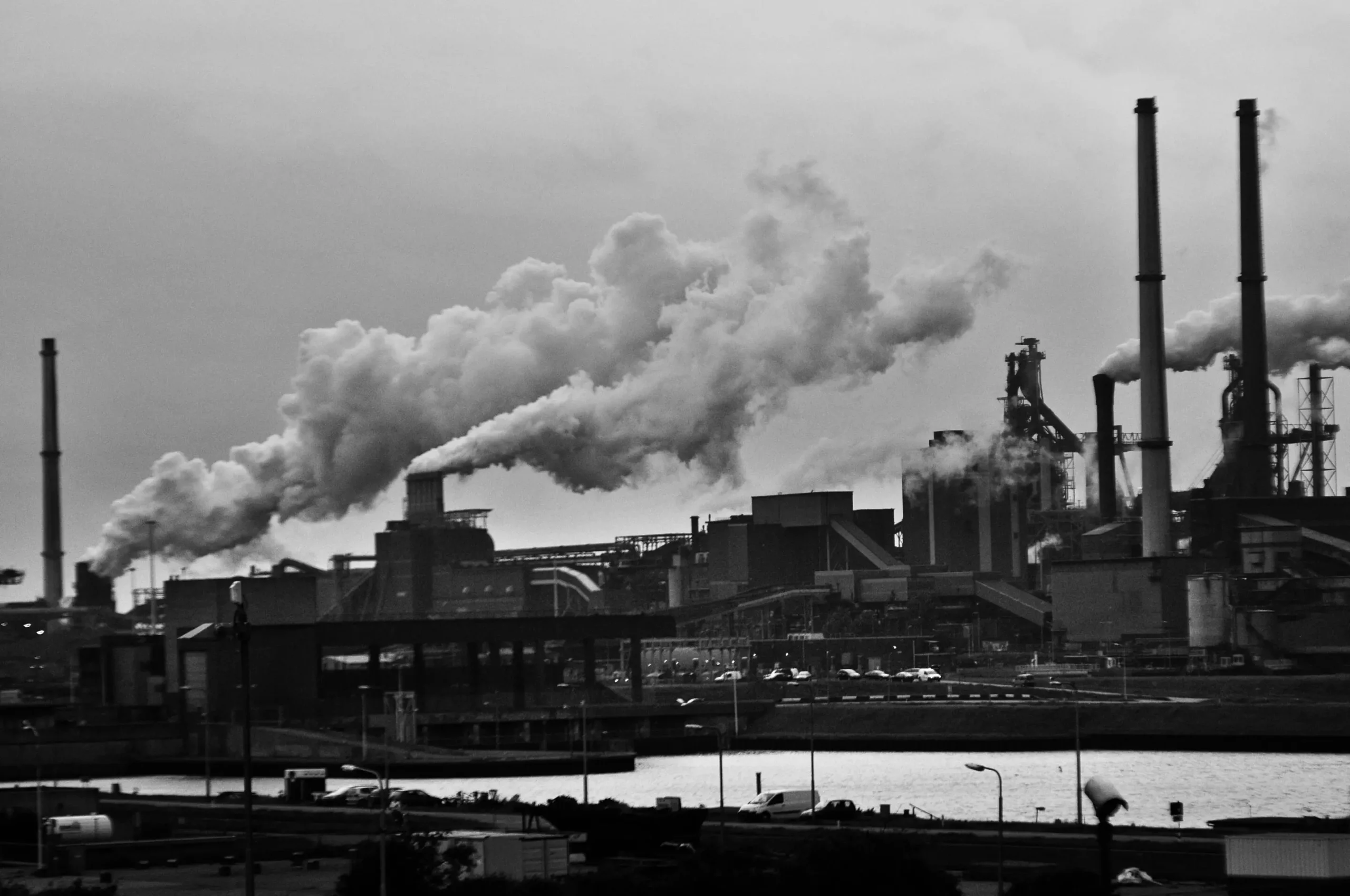As the United States approaches the close of an unprecedentedly hot summer, the stress on our electricity grids has reached new heights. The surge in temperatures has resulted in peak electricity demands that have surpassed seasonal norms, compelling grid operators to turn to what are known as “peaker” plants to handle this surge. These plants, though efficient in their capacity to respond quickly to demand, bring with them a host of environmental challenges that need careful consideration as the nation pivots towards renewable energy sources.
Peaker plants serve as a crucial element in balancing electricity supply with fluctuating demand. Unlike traditional energy sources, peaker plants can be activated almost instantaneously but operate at a significantly lower efficiency ratio. Historically, these plants have been engaged for less than 10% of the time throughout the year, often only during short stretches of peak demand. Nonetheless, their reliance on fossil fuels—primarily natural gas, with some using oil and coal—raises serious concerns regarding emissions and public health. In 2021, a staggering 999 peaker plants were operational in the U.S. across all states, producing higher emissions per unit of energy compared to other generation units.
Another layer of complexity surfaces when stacking climate change against the backdrop of energy production. As the frequency and intensity of heat waves escalate due to climate change, energy systems are increasingly reliant on peaker plants to manage renewable energy loads, thereby creating a paradox wherein reliance on fossil fuel-driven plants escalates just as the climate crisis worsens.
To grasp the operational complexities of these power plants, one must understand the distinction between dispatchable and nondispatchable energy resources. Renewable energy sources, such as wind and solar, fall under the category of nondispatchable resources—they generate energy when weather conditions allow, rather than when demand dictates. On the flip side, dispatchable resources like fossil fuel and nuclear power can be activated on demand to manage electricity supply.
In the past, baseload plants, which produce energy at a constant rate, have run consistently, while peaker plants were utilized only sporadically. However, as more renewable resources join the grid, the need for flexibility has risen, leading to an increased reliance on dispatchable plants, including inefficient peaker plants, to balance out the intermittent nature of renewables.
The environmental ramifications of utilizing peaker plants extend beyond mere emissions. The operations of these power facilities contribute to deteriorating air quality, with pollutants such as sulfur dioxide, nitrogen dioxide, and particulate matter circulating in the atmosphere. These pollutants are linked to myriad health issues, particularly in low-income and minority communities that are disproportionately burdened by proximity to such plants. With approximately 32 million Americans living within three miles of a peaker plant, the public health implications of electricity production merit urgent attention.
In fact, recent reports reflect that historically marginalized communities statistically reside nearer to these energy facilities, spotlighting a pressing social justice issue within the larger narrative of energy production.
Given the limitations and negative externalities associated with peaker plants, alternative methods for managing peak electricity demand warrant exploration. Energy storage technologies, particularly batteries, present a promising avenue. By storing excess energy produced during windy or sunny conditions, batteries can discharge electricity when demand surges, thereby relieving the pressure on fossil fuel peakers. Although upfront costs are currently steep, projections indicate significant declines in battery investment costs, suggesting this could become a viable alternative in the coming decades.
Another alternative lies in broadening transmission infrastructure. Strengthening the electricity grid enables areas with a surplus of energy to share it with regions in need, thus diversifying the energy portfolio and reducing reliance on local peaker plants. However, the obstacles of regulatory hurdles and land use must be navigated carefully to capitalize on this potential.
Demand response initiatives, which encourage consumers to adopt more elastic energy consumption habits, are also under consideration. By adjusting energy consumption in response to price fluctuations, energy demand could be smoothed out throughout the day. Investment in smart technologies could facilitate this adjustment, making it easier for consumers to respond without constant manual intervention.
As the United States endeavors to transition to cleaner energy, the role of peaker plants cannot be overlooked, even as their contribution raises health and environmental concerns. A critical reevaluation of our energy infrastructure is necessary if we are to reduce the reliance on fossil fuels while ensuring that electricity supply aligns with demand. Whether through enhancements to battery technology, expanded transmission capabilities, or innovative consumer programs, policymakers must pursue strategies that simultaneously address reliability and ecological integrity. Only by embracing these alternatives can we hope to forge a sustainable energy future that prioritizes both the environment and public health.

